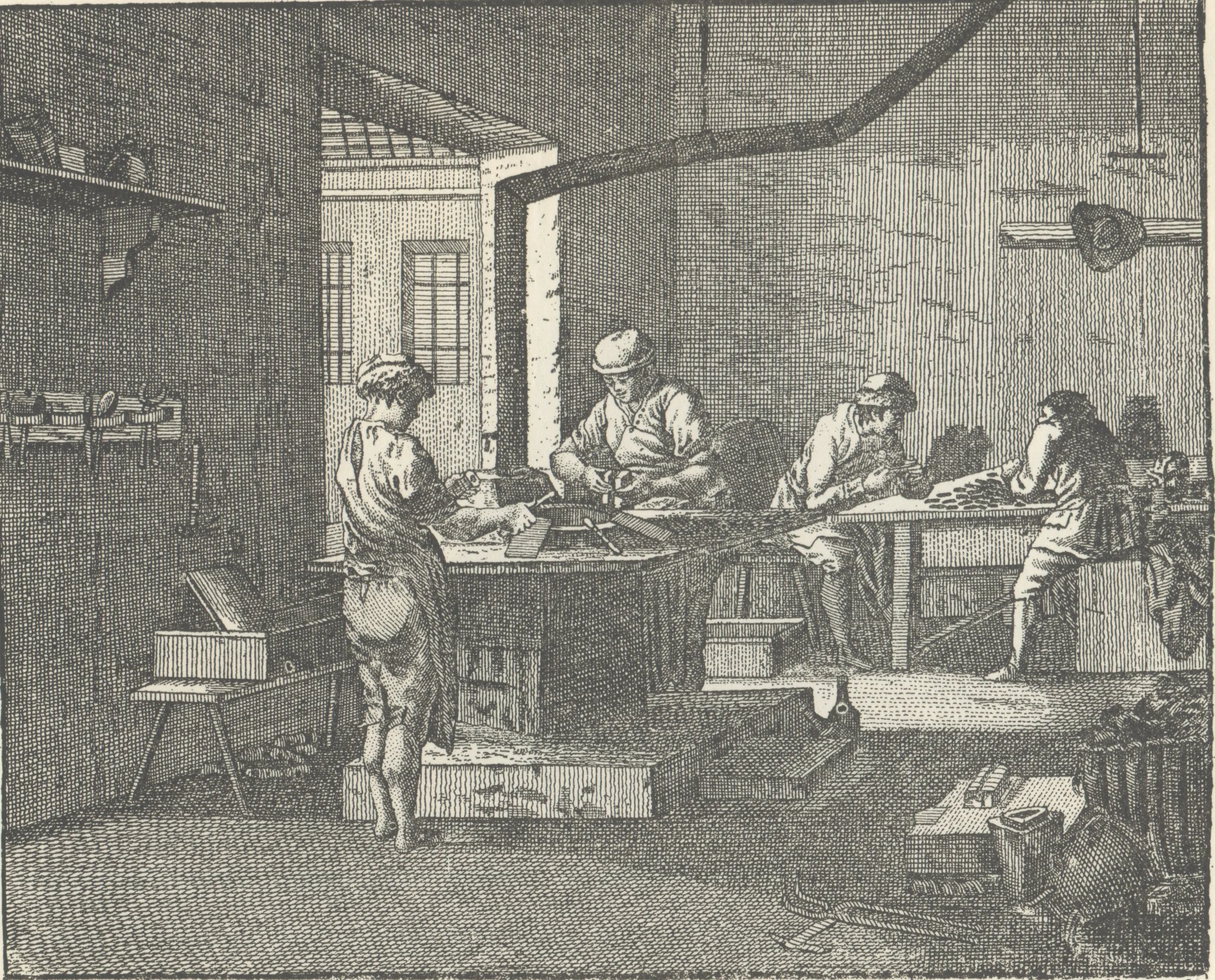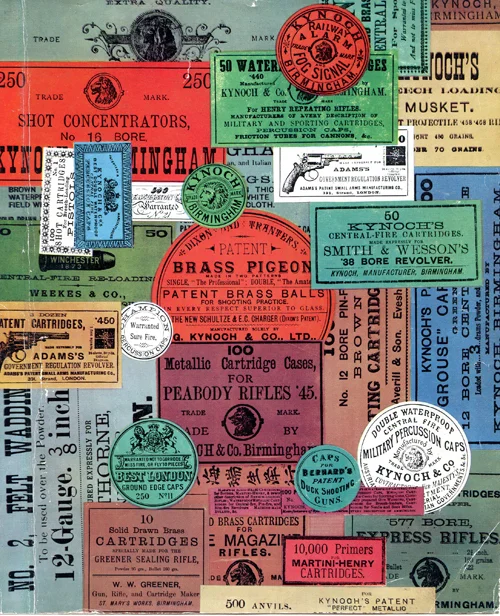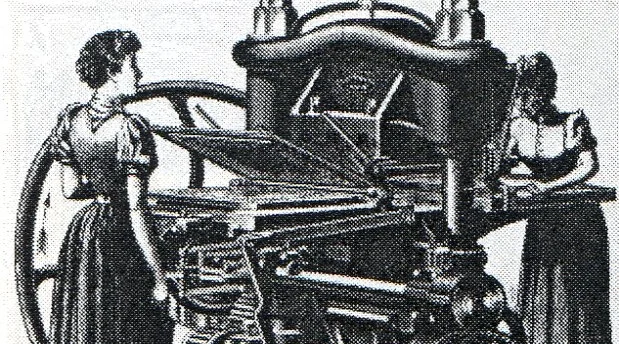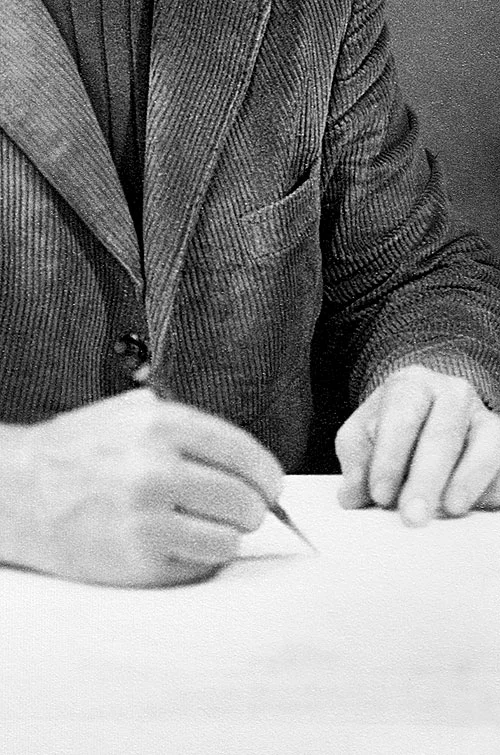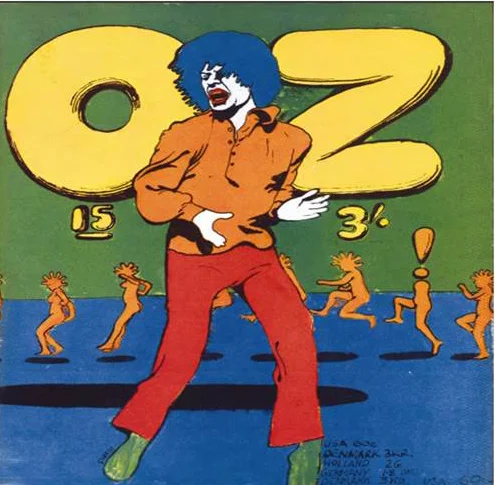Saturday 29 September until Sunday 27 January 2019. Wednesday to Sunday, 1 - 5pm Bruce Castle Museum, Lordship Lane, N17 8NU
Help save the John Jarrold Printing Museum
EXTENDED DEADLINE: Printing Things: Blocks, Plates, and Stones 1400-1900
CLOSED: Dregs, dross and debris: the art of transient print
Conference report: Women in Print: Production, Consumption and Distribution
Conference report: Script, Print, and Letterforms in Global Contexts
TYPE TALKS
CLOSED: The Poetics of Print
Year of Print
XXX –The Letter Exchange Conference
Printing Things: Blocks, Plates, and Stones 1400-1900
Footnotes
Gardens and Green Spaces
The Cabinet of Psychedelic Curiosities
Ways of Reading: An Interactive Magazines Workshop for PGs and ECRs
Print Networks-Peter Isaac Essay Prize
Finding the art school
The Print Futures Awards
The Gujarati Type Foundry
With support from a Centre for Print History and Culture small grant, I was able to visit the St. Bride Library in London, and collect evidence of Gurmuhki fonts produced by three different foundries: the Gujarati Type Foundry, Stephen Austen & Sons, and Oxford University Press. These archival finds—which includes specimens, books and boxes of ephemera—are crucial to my PhD research, tentatively titled Punjabi printing: a historical analysis of design, production and consumption from its inception to the 20th century.
The Indo-Aryan language of Punjabi is estimated to be spoken by over ten million people worldwide, and is written with two different scripts—Gurmukhi and Shahmukhi. However, despite the widespread use, very little literature exists that focuses on the typography of either writing system, and what is available is limited to a few scant articles and publications. As such, access to primary resources held in archives is a necessity for this research.
One such archive is the St. Bride Library, housed in the St. Bride Foundation Institute in London. Established in 1891, this archive is a vast resource for researchers and practitioners in the fields of typography, print, and design; it boasts a huge collection consisting of thousands of volumes on the history of printing and typography, as well as original metal punches and matrices, specimens, and printed ephemera. Due to funding restraints in recent years, access to the reading rooms at the library has been limited to two days each month, and a small cost applies for each piece of material retrieved from the archives, with a separate cost for any photography or copying. As such, I am grateful for the financial support that allowed me to request as many relevant items to my research as possible. Among these items was a particularly beautiful find, the type specimen book of the Gujarati Type Foundry, a company founded in 1900 to supply typefaces to the Gujarati Printing Press.
In an article for Matrix 2 (winter 1982), titled ‘An unusual type specimen book from India’ Geoffrey Osborne compliments this specimen book as: “A lavish monument to typographical display and design”. It is easy to see why; the book is a collection of many different type series, ornament, borders, and emblems—but rather than follow the usual style of specimens in which the sorts and characters in each font is shown and then subsequently displayed in some lines of text, here, a different approach is taken. The book is filled with charming illustrations and mock advertisements which are accompanied by texts and borders set in designs offered by the foundry. One page in the volume is dedicated to the four Gurmukhi fonts that they produced; two 20 point fonts (one upright, one italic) and two smaller variants, each 10 point in size. These are one of the few Gurmukhi fonts designed and developed inside the Indian subcontinent which I have been able to recover in my research thus far, and as such they serve as an important find not only in terms of defining a wider scope for my research, but as a lead for further investigation in indigenous font production for Punjabi.
